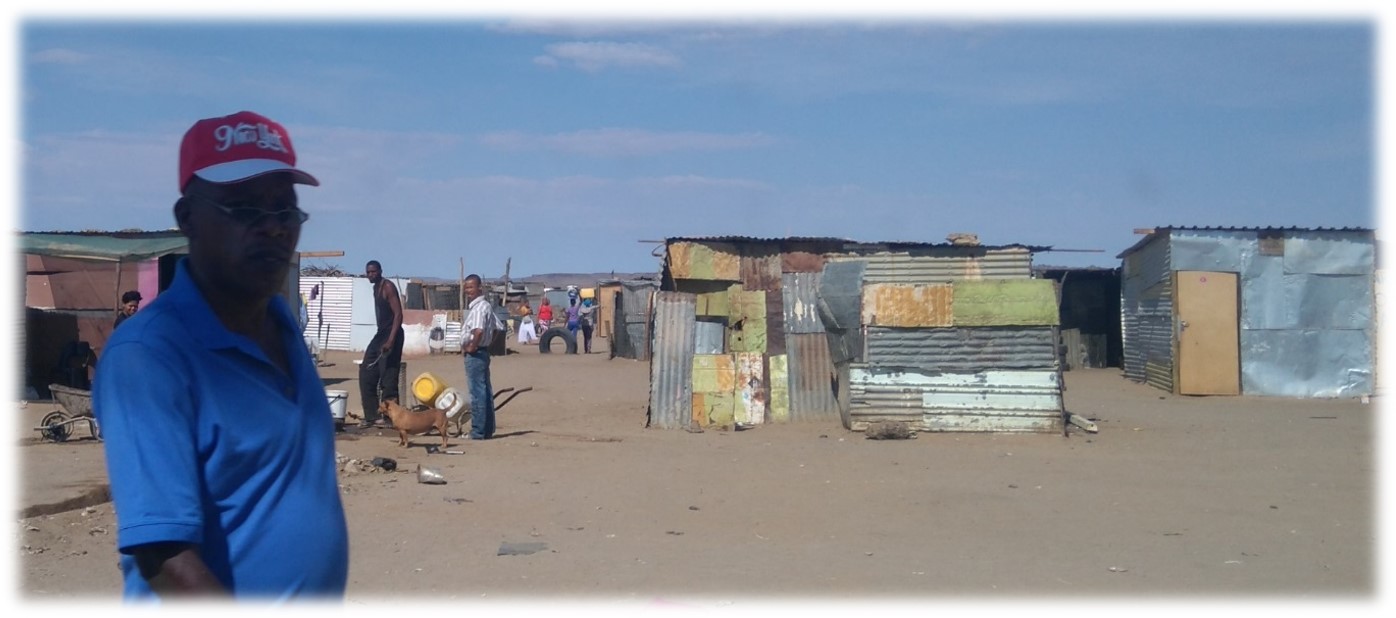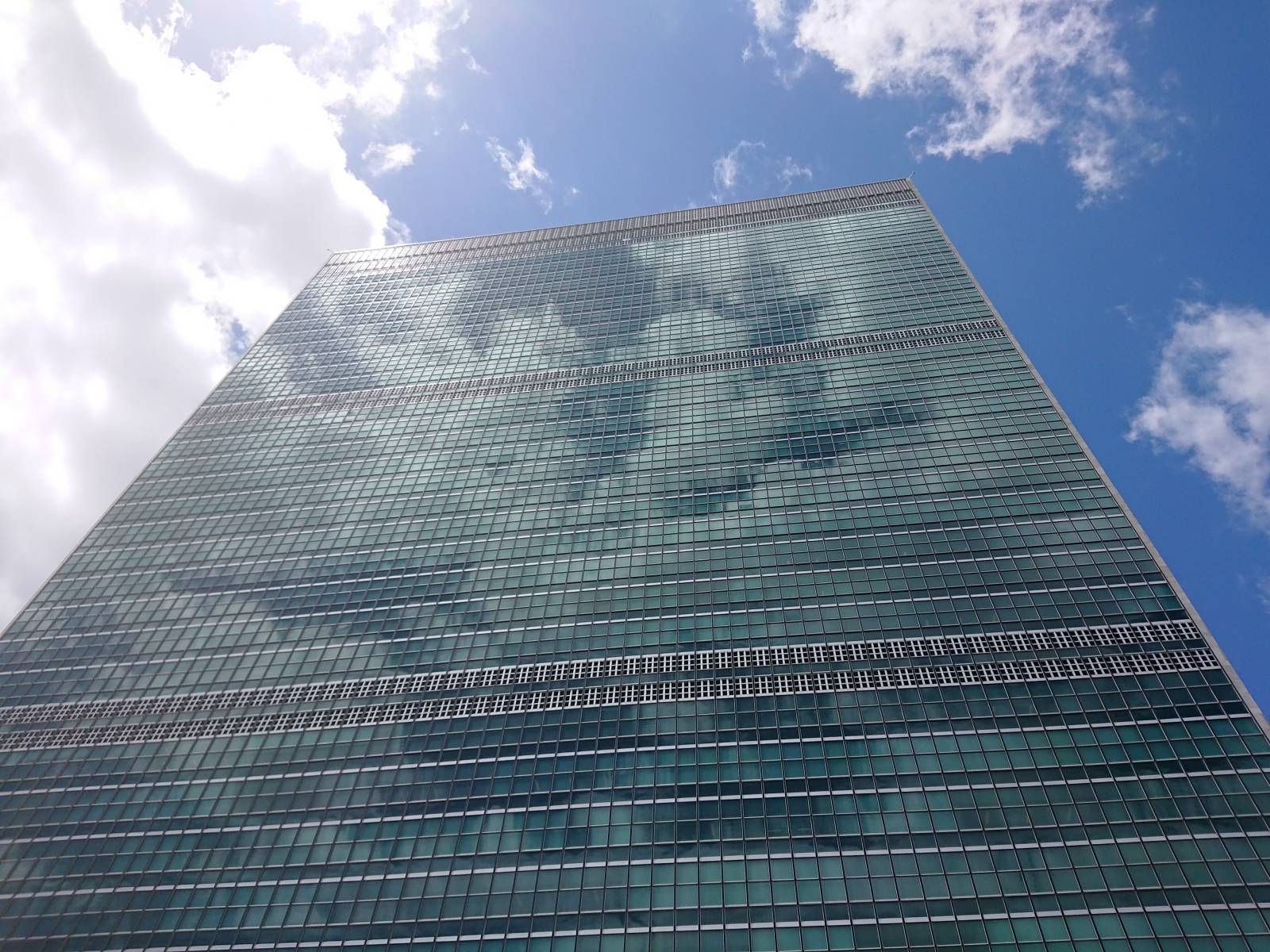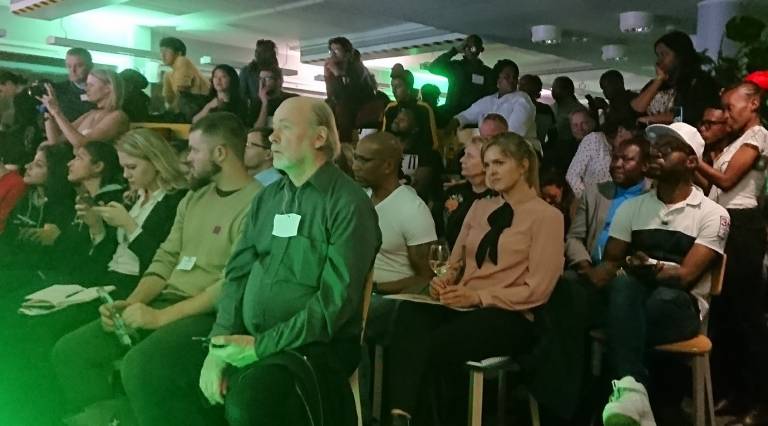My interest in the STI Forum is linked to my research group’s interest for SDG-oriented innovation activities and policies. Personally, I am more keen on the bottom-up approach, but it is sensible to sometimes check how the world’s top policy-makers conceive the world we live in and how they would seek to change it. My own framework to interpret developments taking place in the field of innovation and development comes from the national and regional innovation systems approaches; with the addition of a complementary transformative innovation approach that is fostered by the international Transformative Innovation Policy Consortium (TIPC), led by Sussex University and its renowned Science Policy Research Unit (SPRU). The former approaches emerged in the 1990s and stressed the non-linear view of innovation, i.e. the interactive and learning-based characteristics of innovation. They displayed the different approaches institutions can take in determining the success or failure of innovation-based growth in different countries and in different cultural settings.
It was not by a chance that the world map of innovation has only few “mountains” but many “valleys”. This doesn’t boil down to resources: for example, Russia made strong efforts in the beginning of the Millennium to create a considerable innovation agglomeration known as Skolkovo near Moscow but without feasible institutional environment it seems to remain stagnant. Of course, the economic and political sanctions play a role here, too, but it seems that even without them, the result would be much the same; the traditional linear science-to-practice approach is still prominent in the Russian institutions and is a part of the general mind-set.
The transformative innovation approach, introduced during the recent years, has made a crucial contribution to complement the innovation system approaches (I am simplifying things a lot here): the IS approaches had a logic that innovation activities generate economic outcomes that can be used to solve the encountered social and ecological problems, whereas the TI approach has these problems as its point of departure. Therefore, we may state that the transformative innovation approach is closely related to the SDGs. TI helps to solve the problems associated with SDG’s by using science, technology and innovation as tools. And in efforts to solve some of these problems, the by-products and end-products might have economic outcomes. Hence, the underlying logic has now been turned the other way around. Given the situation the world is in nowadays with climate change, exponential growth of population in several continents, and so forth, we cannot afford to continue innovating, producing and consuming the way we have used to so far.
From this perspective, what I was trying to see as the big picture of the UN STI Forum was whether this change in the logic could be seen in the speeches and presentations. What I saw was, first, that those people operating on the grassroots level or near it, often had as their starting-point a certain problem that touched one or several SDGs that they intended to solve by any means in their disposal. It was important to note that for them, it was not important if the solution was either new or a already well-known technology as long as it worked. In the developing countries existing known technologies often tend to work better because their adoption may not be too demanding (not too much capacity needed meaning availability of highly educated experts, for instance). This is not to deny the role that frontier technologies may sometimes have.
In the other end of the continuum, I also watched numerous top-level policy-makers that had been honored with many titles and given the first-row seats with a large time frame to speak. Not all of them had something important to say. But it would be misleading to place all the top policy-makers in such a category; some had fascinating perspectives on important issues and seemed they have a genuine concern on the grand challenges that we have to confront. Even though I prefer a bottom-up approach as the main direction of development, top policy-makers are needed to give their blessing to new approaches and ideas especially in the developing countries where the local governments’ tend to play a big role.
During our visit, it was brought up several times in our conversations that the UN is a very old-fashioned and traditional organization and that there is no point in expecting too much from it in terms of contributing to SDGs through STI policies. It is still worth considering that the UN has already made a great contribution by coming forward and reaching a consensus on the SDGs. The impatience for the tardiness of UN’s processes is understandable considering awareness of the urgency that surrounds these goals.
One of the sessions was about the governance. The abstract of the session said, among other things, that “(a)ll too often, official discussions about STI for the SDGs focus on what governments are doing while shortchanging the activities of non-government entities that are actually in the field providing vital services (off grid power, potable water, Wi-Fi connectivity etc.) to the more than 50% of the population that government programs have failed to reach as of mid-2019. This raises the question — what is the appropriate role government vs. the private sector and social enterprises? Should governments sit passively on the sidelines and let others do the work, unencumbered by government interference and regulations? Should they actively empower others to do the work and, if so, how? Or should governments attempt to do everything themselves?”
The session included a debate about the roles played especially by the governments and the large multinational companies; the usual disagreement whether it is the former or the latter that should play a crucial part in solving the problems. What is more essential is that during the recent years there has emerged an increasing awareness of the grand challenges – also being a part of the solution has become trendy. Of course, we know there is a lot of lip service performed but still, the social acceptability is important and helps to pave the way.
To conclude, the UN STI Forum showed that a valuable contribution to connect the SDGs and science, technology and innovation had been made on a general level. There were also a lot of fascinating examples as evidence of this on the national, regional and local levels throughout the world. Nevertheless, an adoption of this helpful framework was still largely missing and an old-fashioned linear science-to-practice thinking prevailed among most of the policy-makers, if one can make this judgement based on the forum’s outputs.
During the two days of the STI Forum, I thought one could easily fall into pessimism; for example, as one of the commentators among the audience reminded, it was thought in the 1960s that the global problems related to access and supply to clean water would be solved during the 1970s with new technologies. Then the same happened in the 1970s concerning the 1980s, and here we are, and the wicked problem remains. At the same time, there has been tremendous technological progress which seems to show, among many other similar examples, that technology alone cannot solve our problems. It is the institutional changes that count. Nevertheless, these changes are seldom seen, as institutions are, by definition, long-standing rules of the game guiding the way we act, interact and think. There is a call for social scientists to make institutions more visible so that they enable change. Personally, I think that present day social scientists (or at least some of them) should also be “hands on” when efforts are being made to remove detrimental institutions harmful for the SDGs. This is because there is not much time to waste for research knowledge to find its users on its own.





